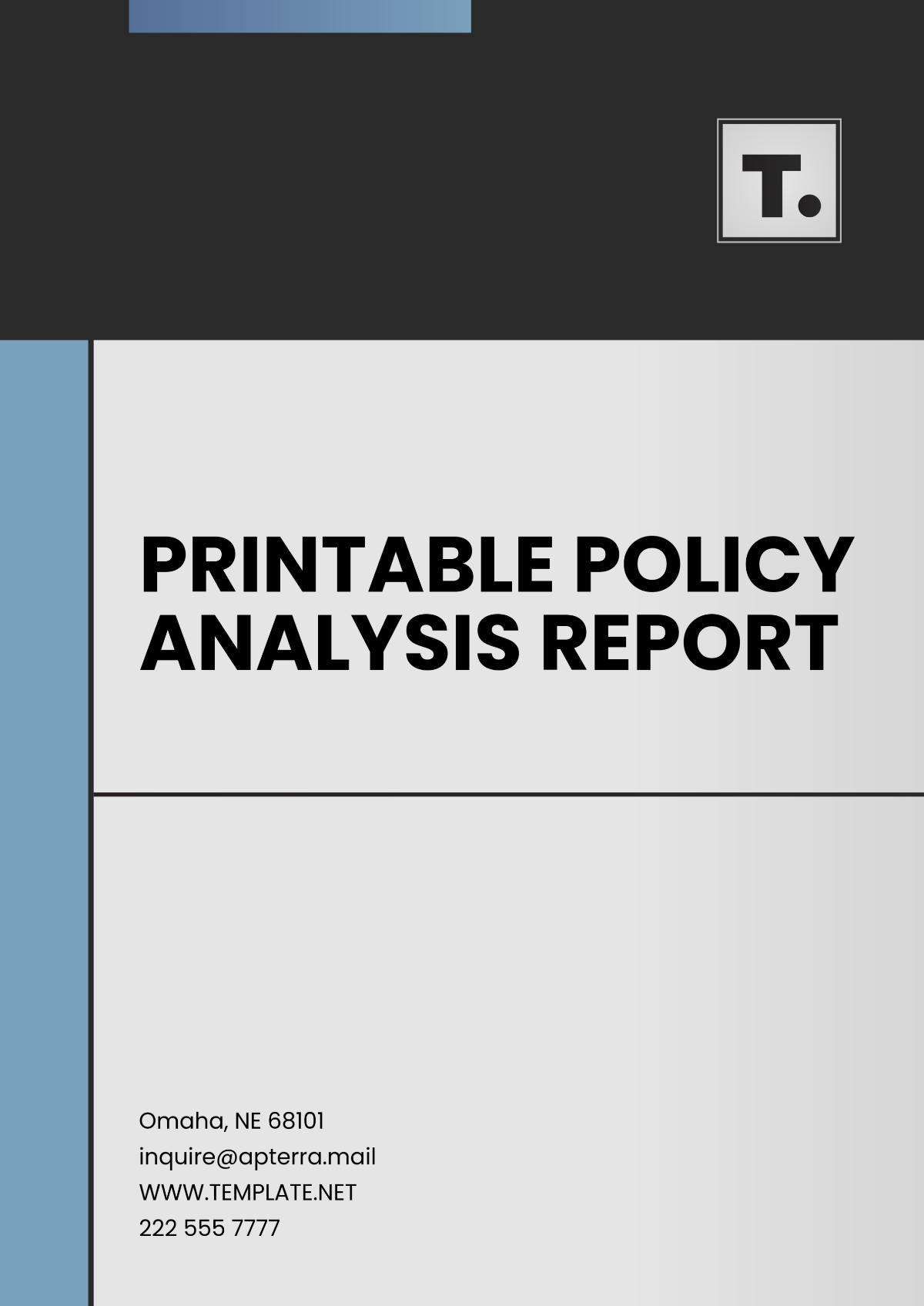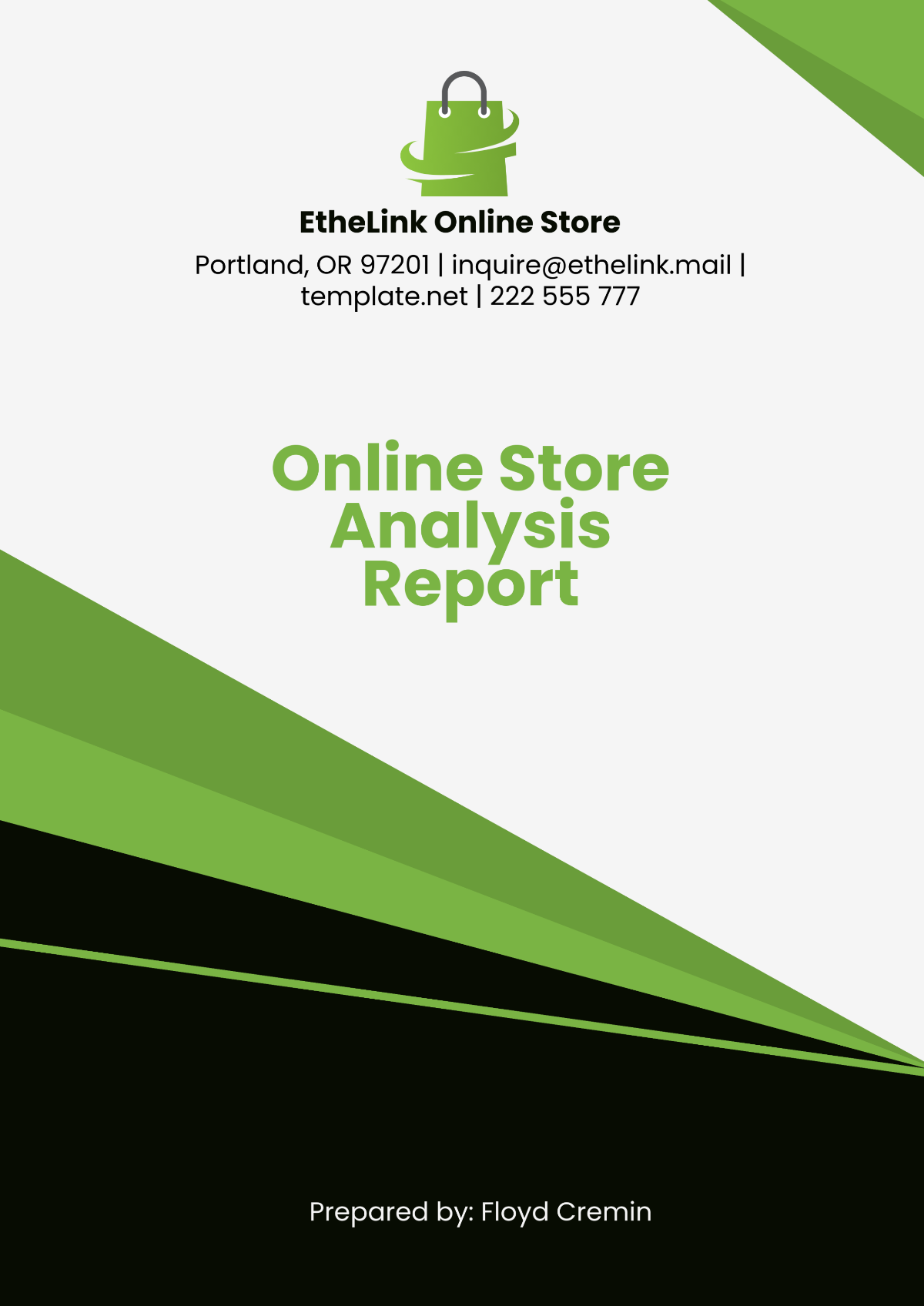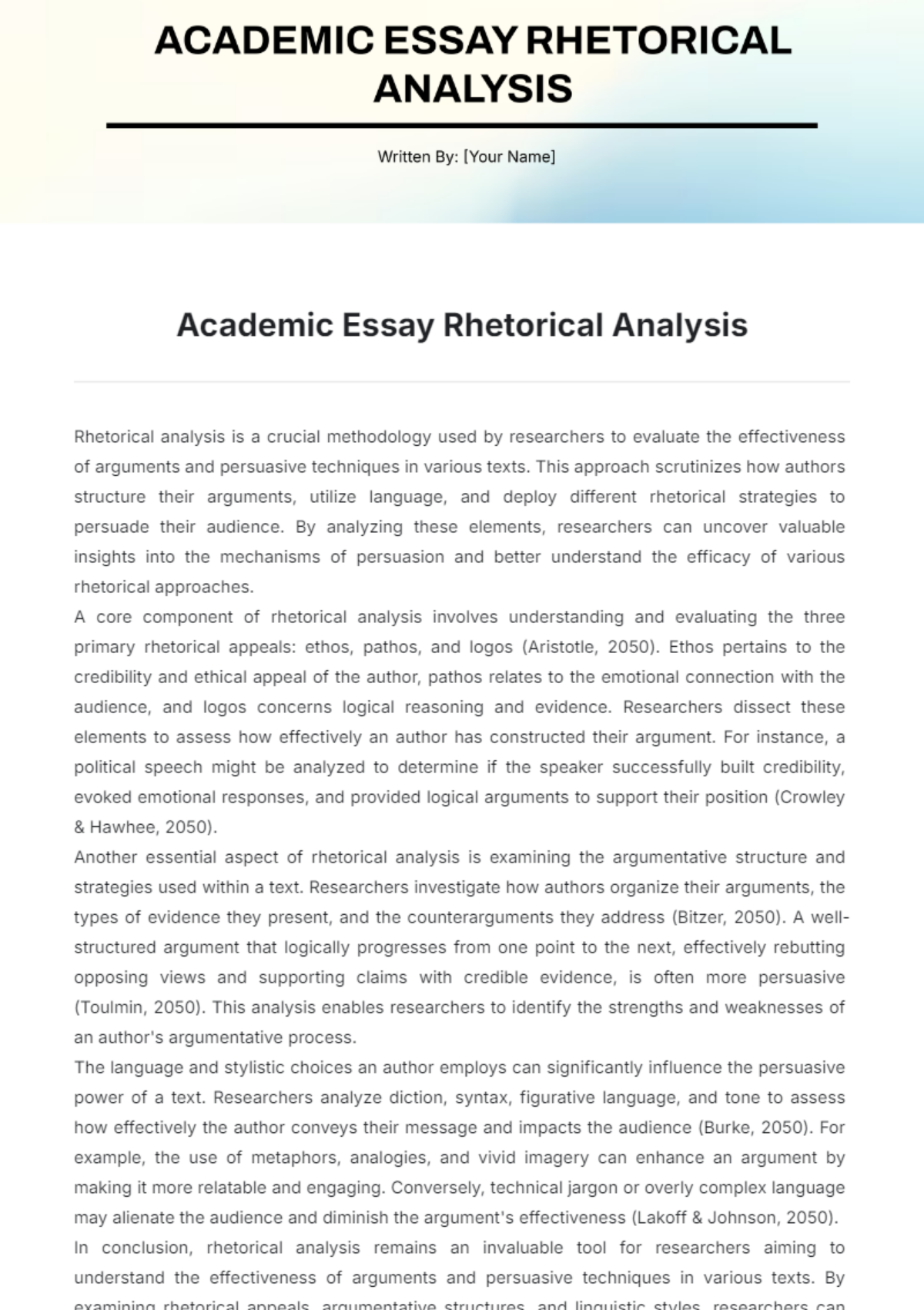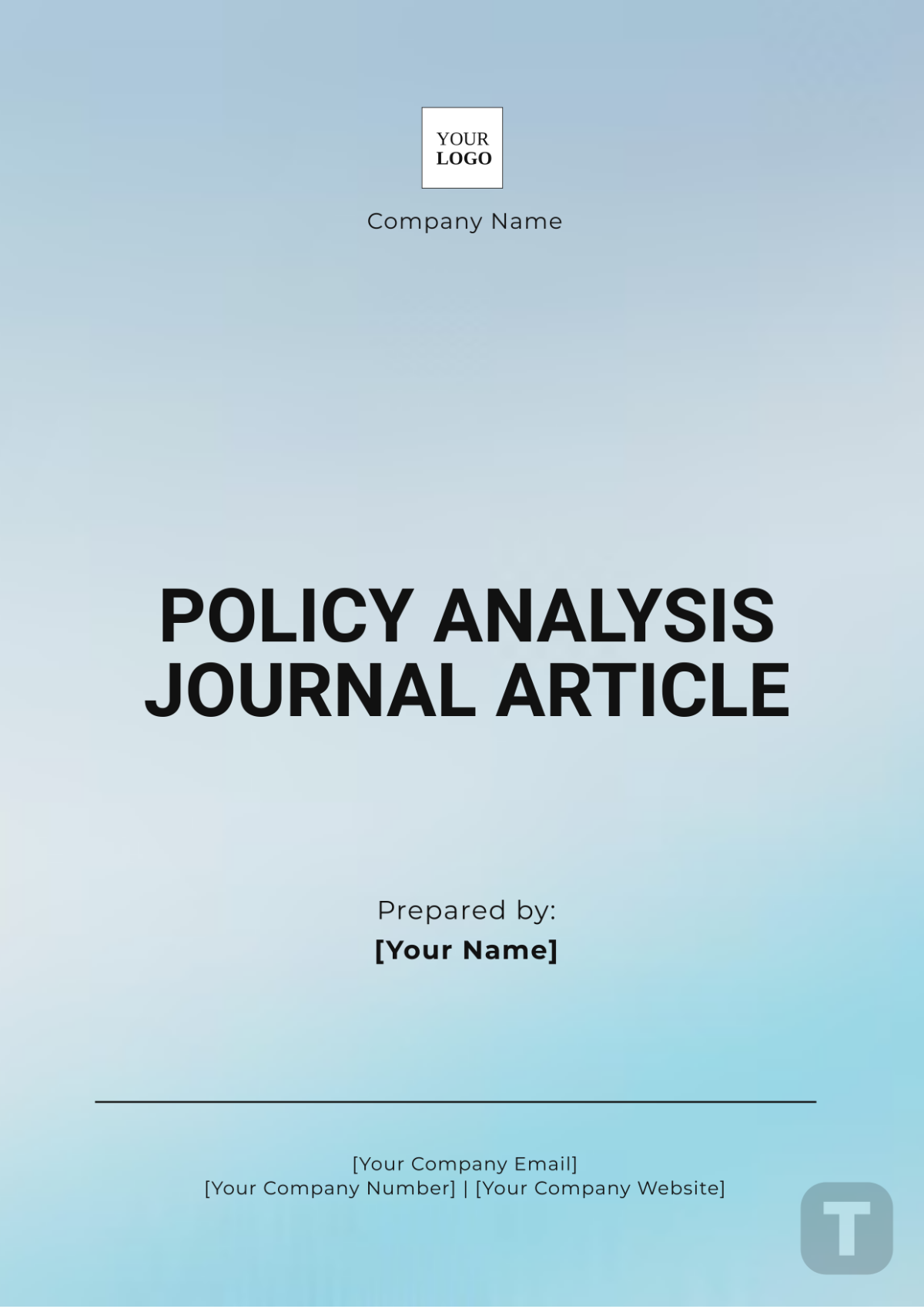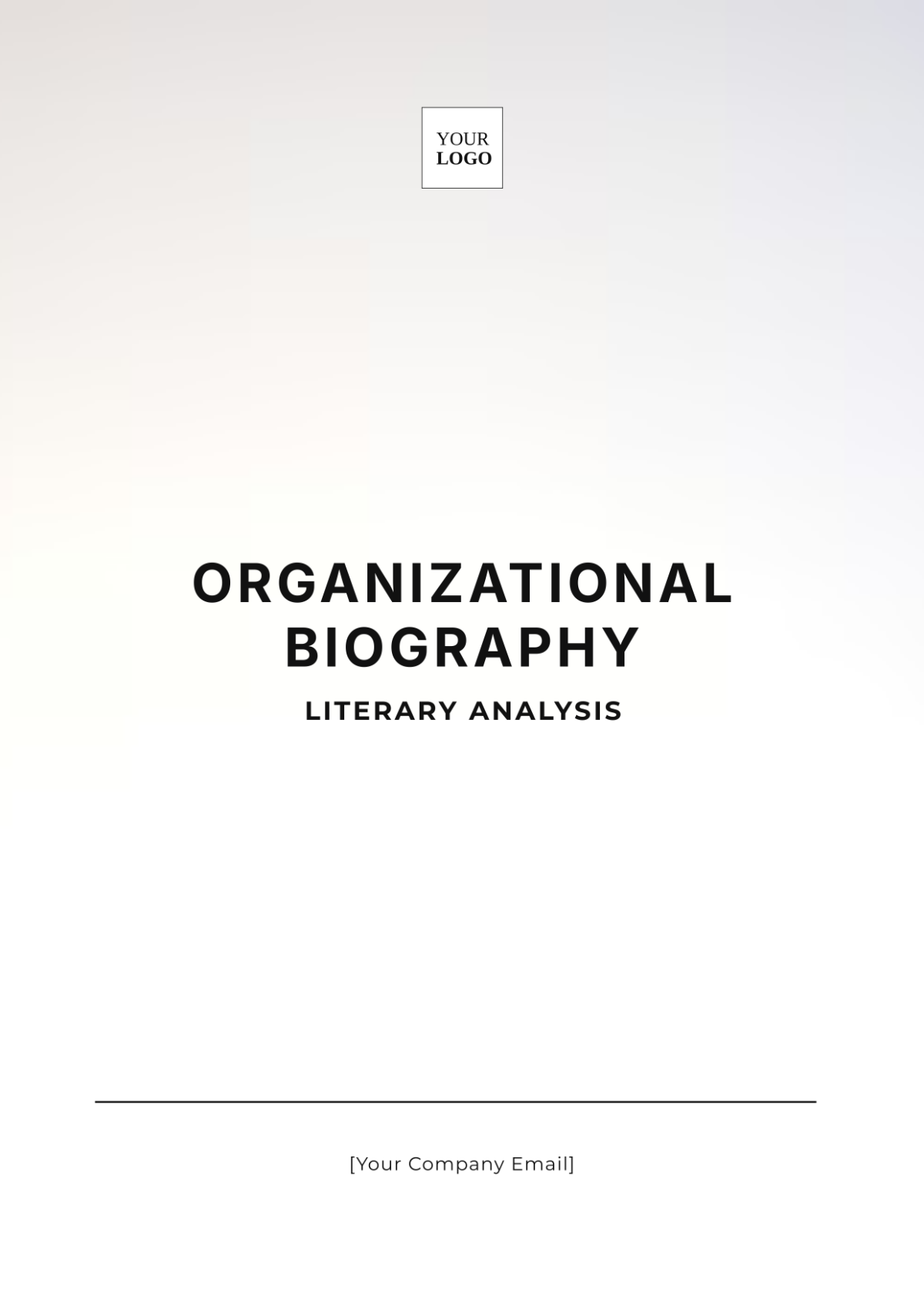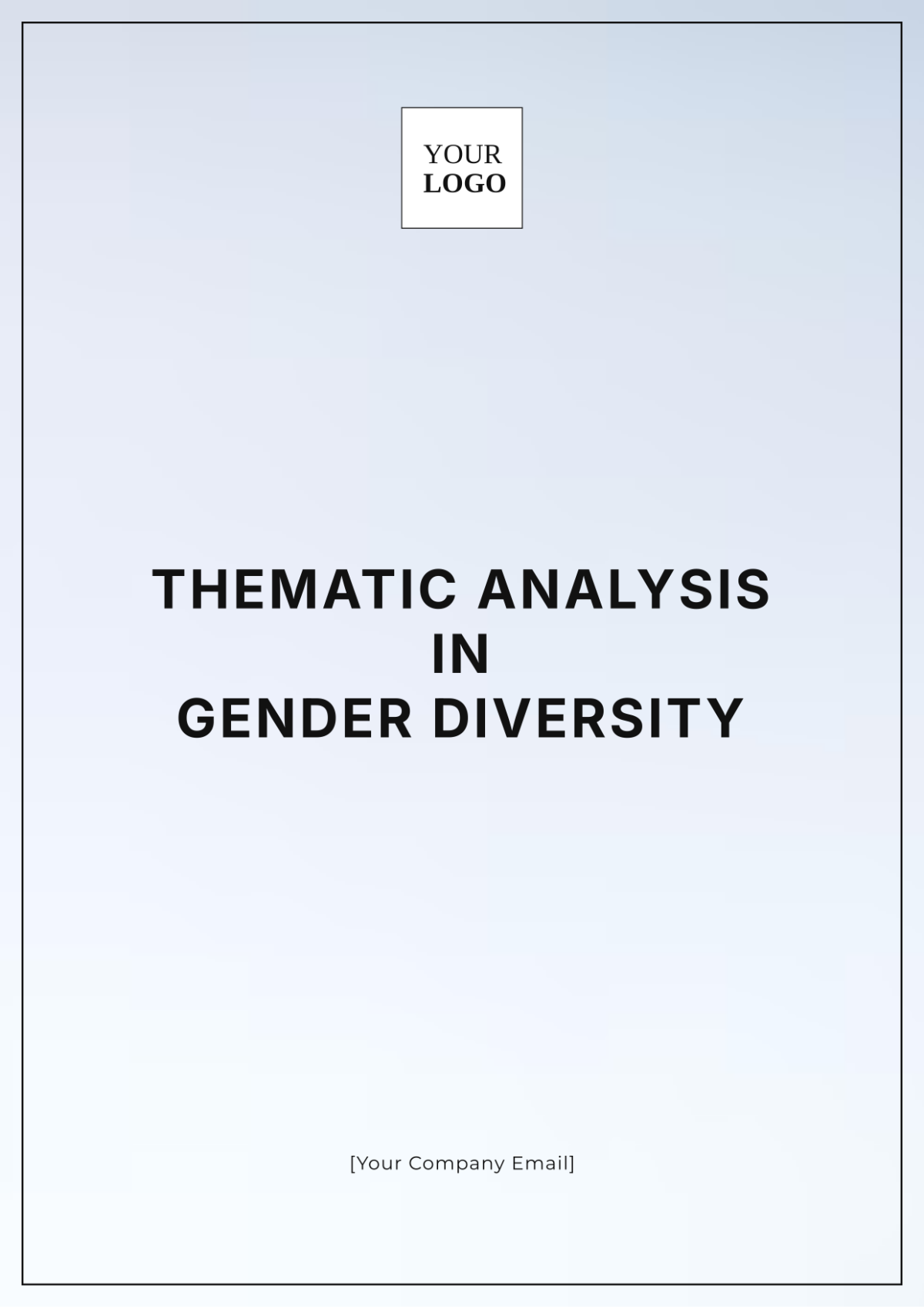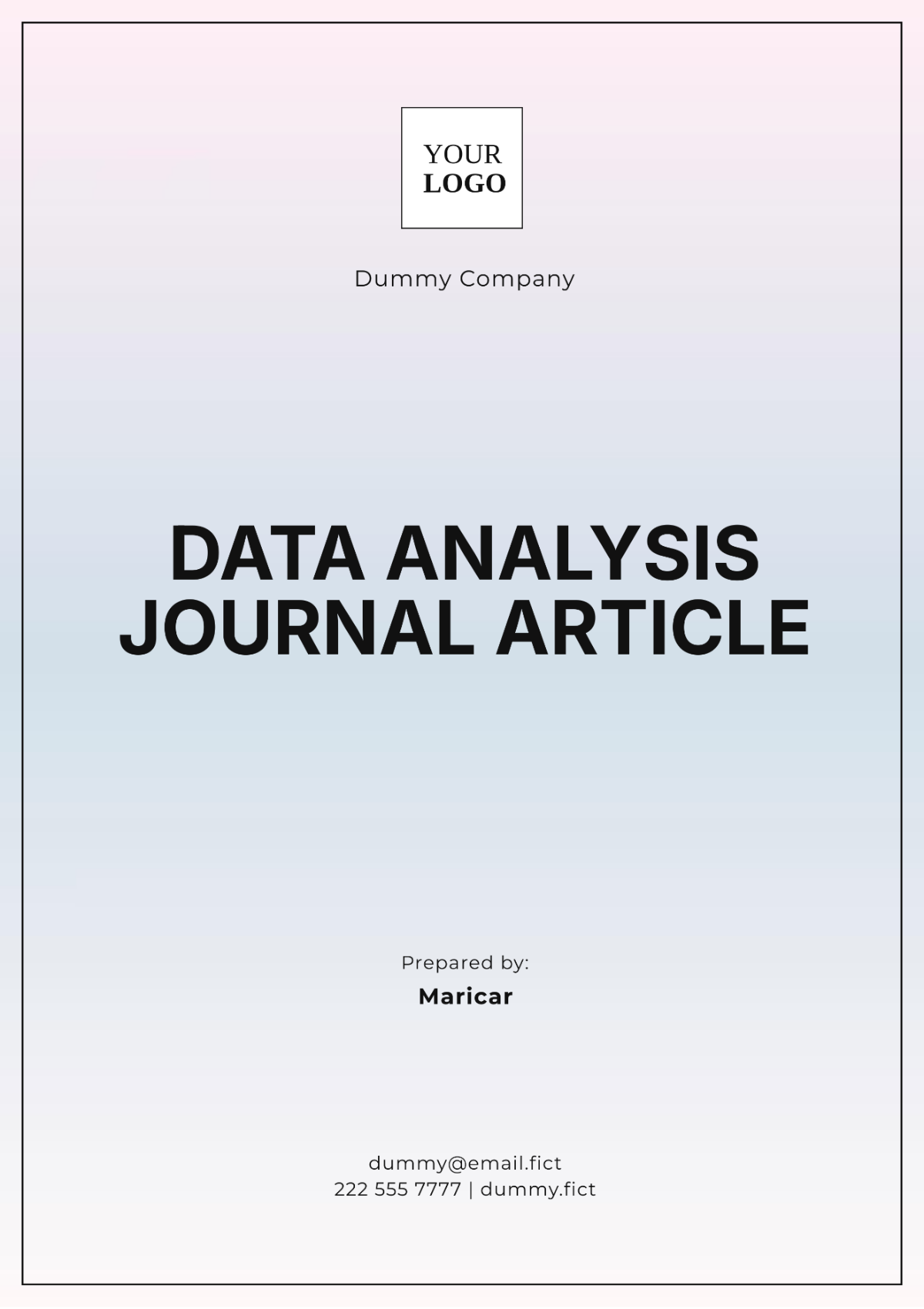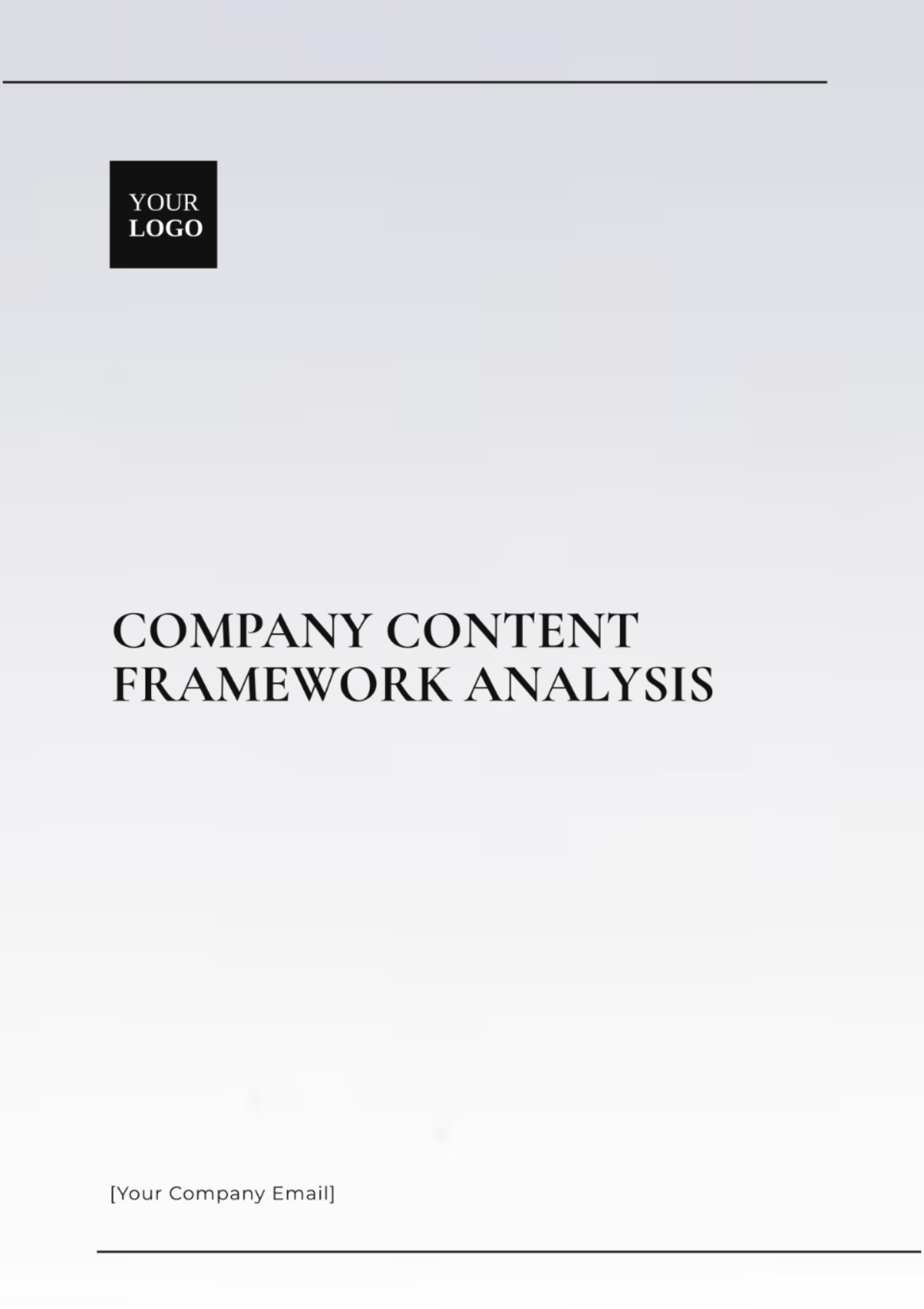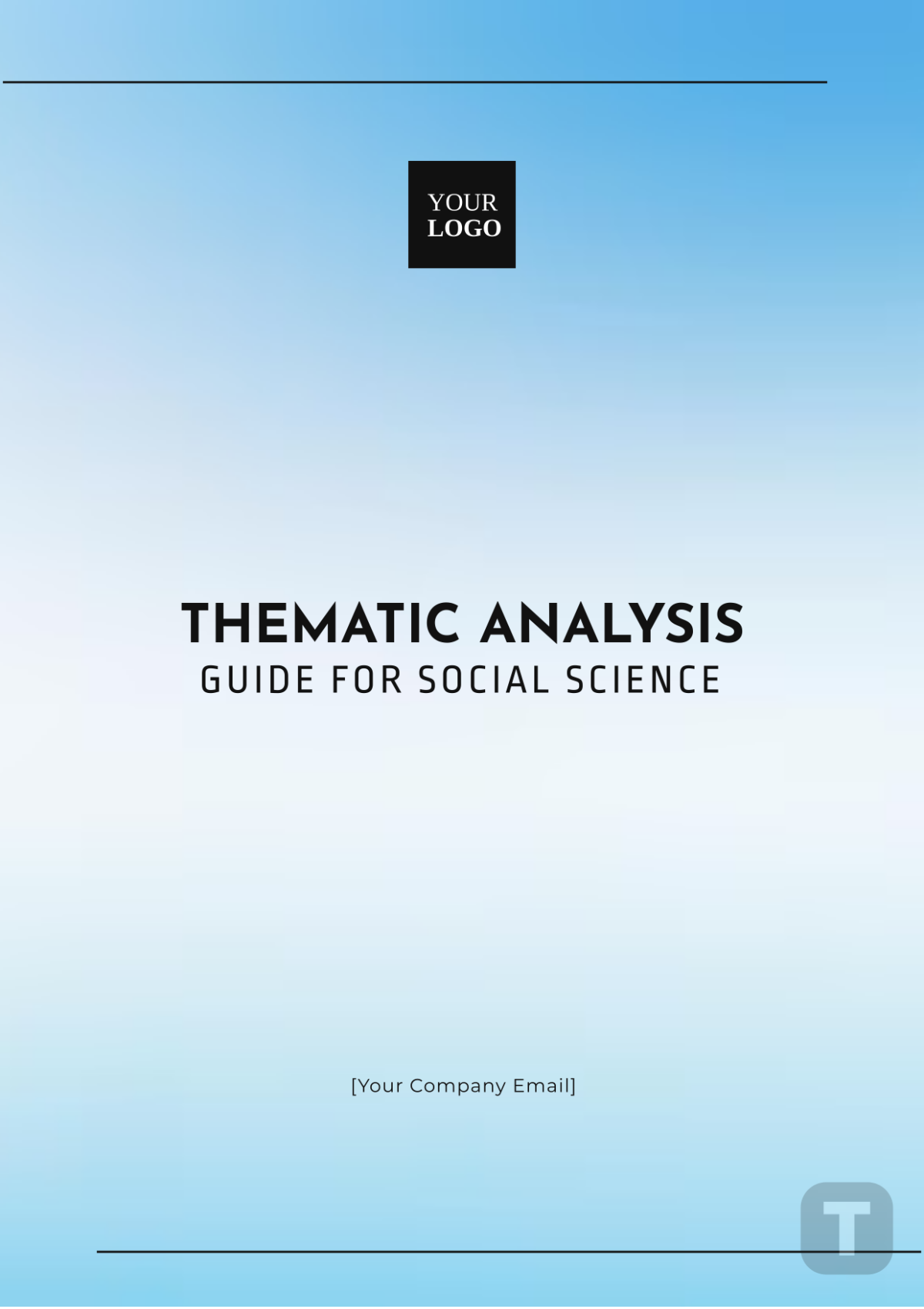Restaurant Task Analysis
I. Introduction
A. Purpose of the Task Analysis
The primary objective of the Task Analysis is to gain a comprehensive understanding of the myriad tasks involved in operating a restaurant effectively. By systematically examining each aspect of the restaurant's operations, from front-of-house interactions to back-of-house logistics and administrative duties, the analysis aims to identify opportunities for improvement, streamline workflows, and enhance overall efficiency.
B. Scope of the Analysis
The scope of the analysis encompasses all facets of restaurant operations, including customer service, kitchen management, inventory control, financial management, staffing, and marketing. It delves into both the tangible tasks performed by staff members and the intangible elements that contribute to the overall guest experience, such as ambiance and service quality.
C. Stakeholders Involved
The success of the Task Analysis relies on collaboration among various stakeholders within the restaurant organization. This includes frontline staff, managers, chefs, administrative personnel, and external consultants if applicable. By engaging stakeholders from different departments and levels of the organization, the analysis can capture diverse perspectives and insights, fostering a holistic approach to operational improvement.
II. Front-of-House Operations
A. Customer Service
Customer service forms the cornerstone of front-of-house operations, encompassing various tasks aimed at ensuring guests' satisfaction and comfort throughout their dining experience.
Task | Description |
|---|---|
Greeting and Seating Guests | Warmly welcoming patrons upon arrival, managing waiting lists effectively, and orchestrating seating arrangements efficiently to optimize table turnover. |
Taking Orders | Skillfully recording guests' preferences and dietary requirements, offering recommendations, and transmitting orders accurately to the kitchen staff. |
Serving Food and Beverages | Timely and polished delivery of dishes and beverages, along with proactive attention to guests' needs, ensuring a seamless dining experience. |
Addressing Customer Inquiries and Concerns | Attentively responding to queries regarding the menu, resolving any issues with orders promptly and courteously, and adeptly managing any customer complaints to ensure their satisfaction. |
B. Table Management
Efficient table management is vital for maximizing seating capacity and enhancing the flow of service.
Task | Description |
|---|---|
Reservations | Skillfully managing reservation bookings, maintaining an accurate record of available tables, and confirming reservations to uphold guest expectations. |
Seating Assignments | Strategically assigning tables based on reservation status, group size, and server workload to optimize guest flow and minimize wait times. |
Table Turnover | Systematically clearing and resetting tables, expediting the dining experience for subsequent guests while maintaining the highest standards of cleanliness and presentation. |
C. Dining Area Maintenance
A pristine and inviting dining area is pivotal in creating a positive ambiance and leaving a lasting impression on guests.
Task | Description |
|---|---|
Cleanliness and Sanitation | Rigorous adherence to sanitation protocols, including frequent cleaning and disinfection of tables, chairs, and common areas, to ensure a hygienic dining environment. |
Ambiance and Atmosphere | Thoughtfully curating the ambiance through meticulous attention to lighting, music selection, and decor, fostering a comfortable and memorable dining experience for guests. |
III. Back-of-House Operations
A. Kitchen Management
Efficient kitchen operations are fundamental to the timely preparation and delivery of high-quality cuisine.
Task | Description |
|---|---|
Food Preparation | Precise and consistent execution of culinary techniques, ensuring the preparation of delectable dishes that meet or exceed guest expectations. |
Cooking Techniques | Mastery of various cooking methods to enhance flavor profiles and textures, coupled with flexibility in adapting recipes to accommodate dietary preferences or special requests. |
Plating and Presentation | Artful arrangement of dishes, meticulous attention to detail, and garnishing techniques that elevate the visual appeal of each culinary creation. |
B. Inventory Management
Effective inventory management is crucial for minimizing waste and maintaining optimal stock levels.
Task | Description |
|---|---|
Ordering Supplies | Strategic forecasting of ingredient needs, timely procurement from trusted suppliers, and vigilant monitoring of inventory levels to prevent stockouts or overstocking. |
Stock Rotation | Rigorous adherence to FIFO (First In, First Out) principles, proactive rotation of perishable goods, and routine inventory audits to mitigate the risk of food spoilage. |
Waste Reduction | Implementation of portion control measures, creative utilization of surplus ingredients, and ongoing assessment of processes to identify opportunities for waste reduction and cost savings. |
C. Equipment Maintenance
Proactive maintenance of kitchen equipment ensures operational efficiency and safety compliance.
Task | Description |
|---|---|
Kitchen Appliances | Regular inspection, cleaning, and servicing of cooking appliances to safeguard performance and longevity, minimizing downtime and maximizing productivity. |
Utensils and Cookware | Thorough sanitization and proper storage of kitchen tools and cookware to prevent cross-contamination and uphold the highest standards of food safety and hygiene. |
Safety Procedures | Comprehensive training of staff on equipment operation and safety protocols, coupled with routine equipment inspections and prompt resolution of any maintenance issues or safety concerns. |
IV. Administrative Tasks
A. Financial Management
Sound financial practices are essential for the sustained success and profitability of the restaurant.
Task | Description |
|---|---|
Budgeting and Forecasting | Methodical development of budgets, meticulous forecasting of revenues and expenses, and ongoing monitoring to ensure fiscal responsibility and alignment with strategic objectives. |
Revenue Tracking | Thorough tracking and analysis of sales data, identification of revenue trends, and proactive measures to optimize revenue streams and drive profitability. |
Expense Management | Prudent management of operating expenses, including meticulous cost control measures, supplier negotiations, and ongoing efforts to minimize overheads and maximize margins. |
B. Staffing and Scheduling
Effective management of human resources is critical for ensuring optimal staffing levels and a cohesive team environment.
Task | Description |
|---|---|
Hiring and Training | Strategic recruitment of qualified personnel, comprehensive onboarding programs, and ongoing training initiatives to foster skill development and enhance employee engagement. |
Shift Planning | Thoughtful scheduling practices to align staffing levels with anticipated demand, accommodate employee preferences, and ensure compliance with labor regulations. |
Employee Performance Evaluation | Objective assessment of employee performance, constructive feedback, and recognition of outstanding contributions to foster a culture of accountability and continuous improvement. |
C. Marketing and Promotion
Strategic marketing initiatives are integral to attracting new customers and fostering loyalty among existing patrons.
Task | Description |
|---|---|
Advertising Campaigns | Development and execution of targeted advertising campaigns across various channels, leveraging compelling messaging and promotional offers to drive foot traffic and increase brand visibility. |
Customer Loyalty Programs | Implementation of loyalty programs and incentives to reward repeat business, encourage customer retention, and cultivate long-term relationships with guests. |
Social Media Management | Active management of social media platforms, including content creation, community engagement, and reputation management, to enhance brand awareness and engagement with current and prospective customers. |
V. Cross-Functional Tasks
A. Communication Protocols
Clear and effective communication channels facilitate seamless coordination and collaboration across different departments.
Task | Description |
|---|---|
Interdepartmental Communication | Establishment of open lines of communication between front-of-house and back-of-house teams, enabling timely exchange of information and proactive resolution of operational challenges. |
Customer-Staff Communication | Implementation of training programs to equip staff with effective communication skills, enabling them to interact with guests professionally and address their needs with empathy and attentiveness. |
B. Quality Assurance
Upholding high standards of quality is paramount to ensuring guest satisfaction and preserving the restaurant's reputation.
Task | Description |
|---|---|
Food Safety Standards | Adherence to rigorous food safety protocols and regulatory guidelines, including regular inspections, proper storage, and handling practices, to safeguard against foodborne illnesses and ensure compliance with health regulations. |
Service Quality Checks | Routine evaluations of food and service quality, solicitation of guest feedback, and swift remedial action to address any issues or areas for improvement, ensuring a consistently exceptional dining experience for patrons. |
Continuous Improvement Initiatives | Proactive identification of opportunities for innovation and enhancement, solicitation of staff input, and implementation of iterative improvements to processes, products, and services to drive operational excellence and maintain a competitive edge in the market. |
VI. Conclusion
A. Summary of Key Findings
The analysis has identified key areas of strength and opportunities for improvement across front-of-house, back-of-house, and administrative functions. These findings serve as a foundation for developing targeted strategies to enhance overall performance.
B. Recommendations for Improvement
Based on the findings of the analysis, specific recommendations are proposed to address operational inefficiencies, enhance customer experiences, and drive business growth. These recommendations may include process optimizations, staff training initiatives, and investments in technology or infrastructure.
C. Implementation Plan
An implementation plan outlines the actionable steps required to execute the proposed recommendations effectively. This plan includes assigning responsibilities, establishing timelines, and allocating resources to ensure seamless execution and accountability.
D. Monitoring and Evaluation Strategies
Monitoring and evaluation strategies are essential for tracking the progress of implementation efforts and measuring the impact of interventions. Regular performance metrics, such as customer satisfaction scores, operational efficiency indicators, and financial performance metrics, are monitored to gauge the effectiveness of implemented changes.


